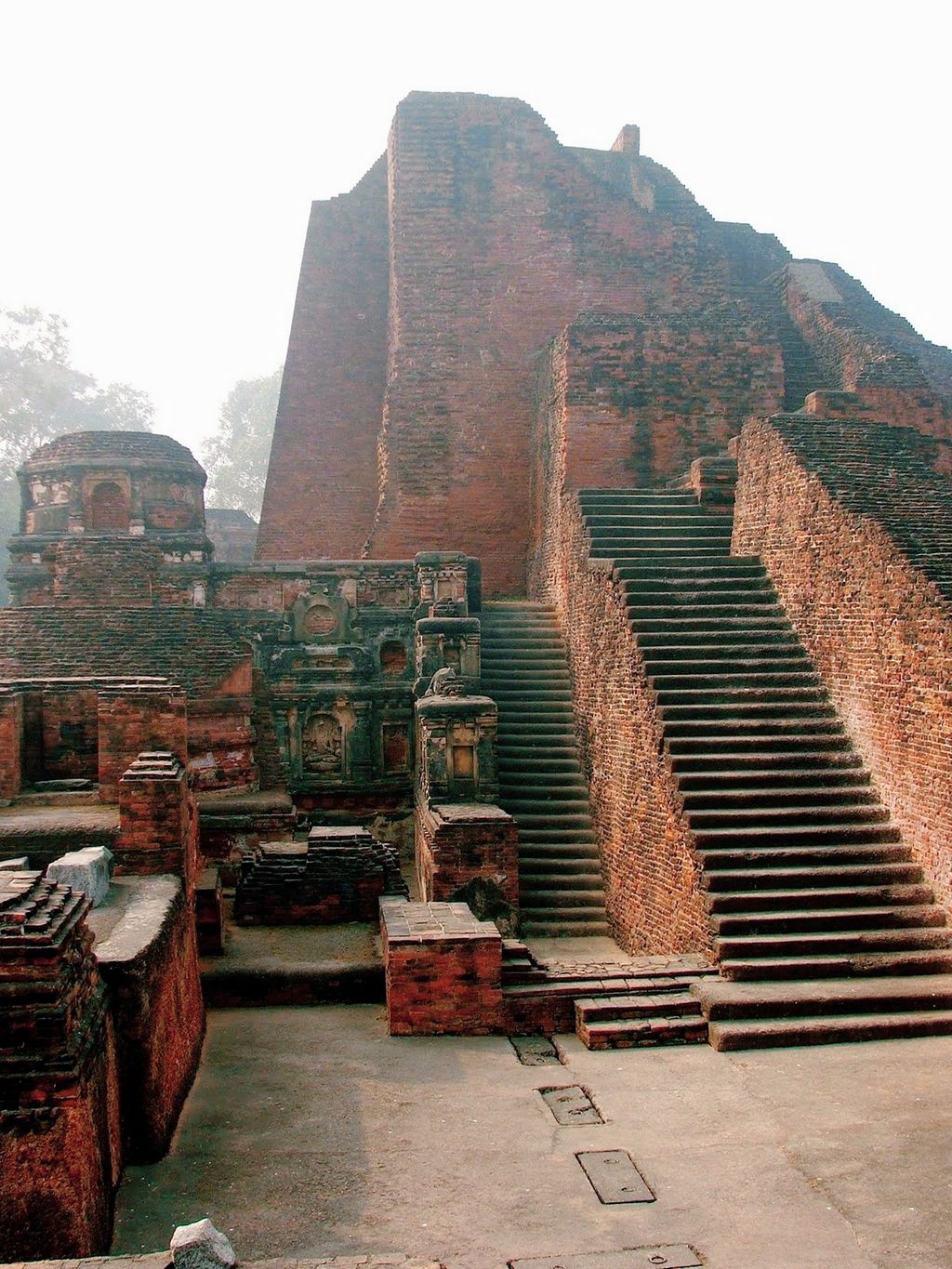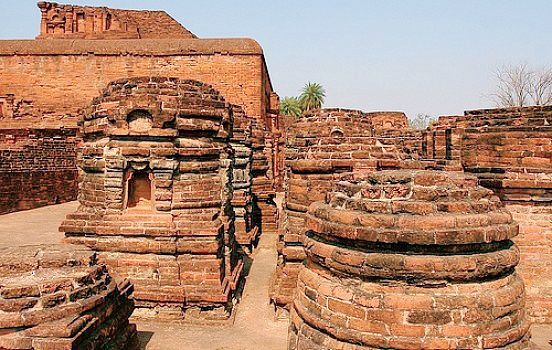Nalanda: The Lost Glory
Mar 31, 2019 • 28 views
The Nalanda University was destroyed by the Muslim invader Bakhtiyar Khilji in 1193, who later on went in to destroy the the university at Vikramshila too. This incident pushed back the development of mankind, science and humanity by centuries. Bakhtiyar Khilji killed all the students and teachers present in the campus and later on, he destroyed the three storey library of Nalanda which kept on burning for several weeks. It contained around 9 million manuscripts with important discoveries on science, philosophy, and other subjects.
The Nalanda University was established by the Gupta ruler, Kumaragupta I in the year 427 AD. During this time, Europe was still in chaos and established its first university, the University of Bologna 660 years later in 1087 AD. Also, the Islamic world which was consolidated in the 7th century, established their first university, the Al-Azhar University in 967 AD. When the world was building universities to educate the people, Nalanda was already thriving with thousands of students.

[Ruins of the library at Nalanda, Image from: World One World]
The Nalanda University was a fully residential university and the land of the university was kept tax free by the rulers such as Buddhagupta, Tathagata Gupta, Baladitya, Harshavardhan, etc. The medium of education was preferably Sanskrit, although other languages were used for education as well. The education was completely free of cost and the expenses of the university were taken care of by the rulers of the land and the villages around the university, which mainly provided food to the university.
The Nalanda University was instrumental in making the Gupta era the Golden Period of Indian History. It had scholars from all over India and around the world. Some of them include Aryabhatta, Shantarakshita, Nagarjuna, Hiuen Tsang, I-Hsing, etc. Some of the prominent discoveries and inventions of Nalanda were the Concept of Zero, the Place Value System, the Value of Pi, etc.
The vast knowledge imparted at Nalanda in the field of Science, Mathematics, Medicine, Arts,Architecture, etc. influenced the entire world. It attracted scholars from China, Korea, Japan and even Greece. The Arab texts which reported and write commentaries on Indian Mathematics were translated into Latin only in 1150 AD. The renowned universities of Oxford and Cambridge were established after this period in the Great Britain. This was the influence of Nalanda when it was thriving.
The contribution of the Nalanda to the Tibetan Buddhism has also been acknowledged by the 14th Dalai Lama, Tenzin Gyatso. He has said:
Tibetan Buddhism is not an invention of the Tibetans. Rather, it is quite clear that it derives from the pure lineage of the tradition of the Nalanda Monastery. The source of all knowledge we have, has come from Nalanda.
The destruction of 1193 was the third instance of Nalanda being ransacked and destroyed. It couldn’t be restored after that destruction because the Islamic rulers of the land were of foreign lineage and had no interest in reviving Nalanda. When the Hunas destroyed it in the 5th century, Skandagupta revived it immediately. Harshavardhana preserved this university from the Gaudas in the 7th century, but there wasn't anyone capable to revive Nalanda in 1193.

[Nalanda in ruins, Image from: The Diplomat]
The major teachings of Nalanda have been kept alive in Tibet by the Seventeen Masters who escaped to Tibet and who the 14th Dalai Lama traces back his lineage to. The ruins of Nalanda still tell us about the brutality of foreigners, as how it was burning while the Oxford was still building itself.
